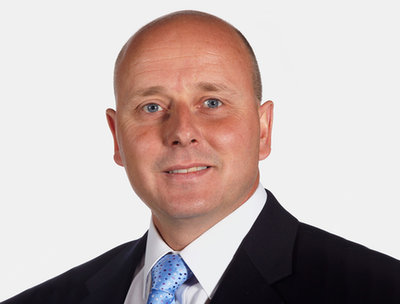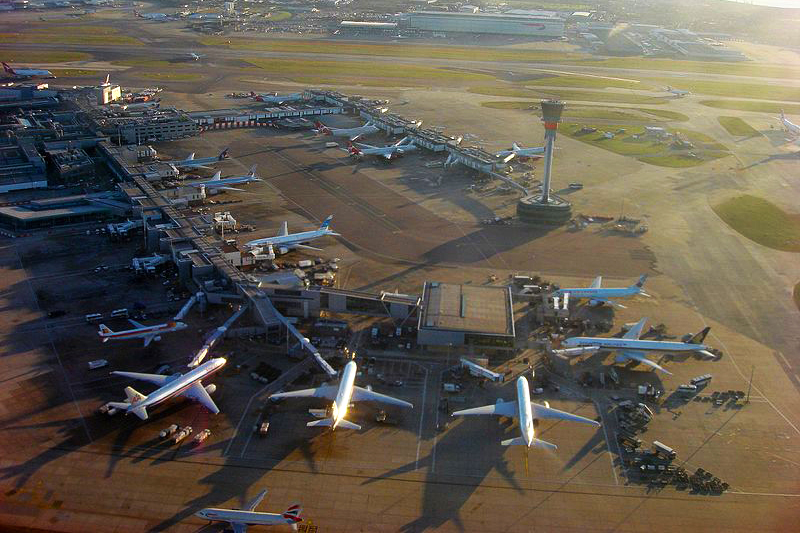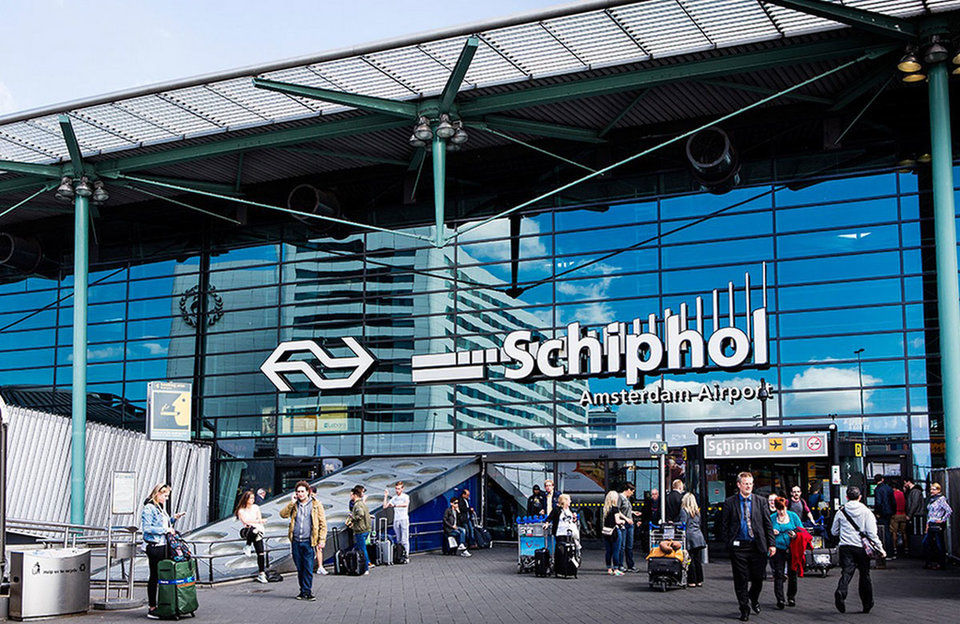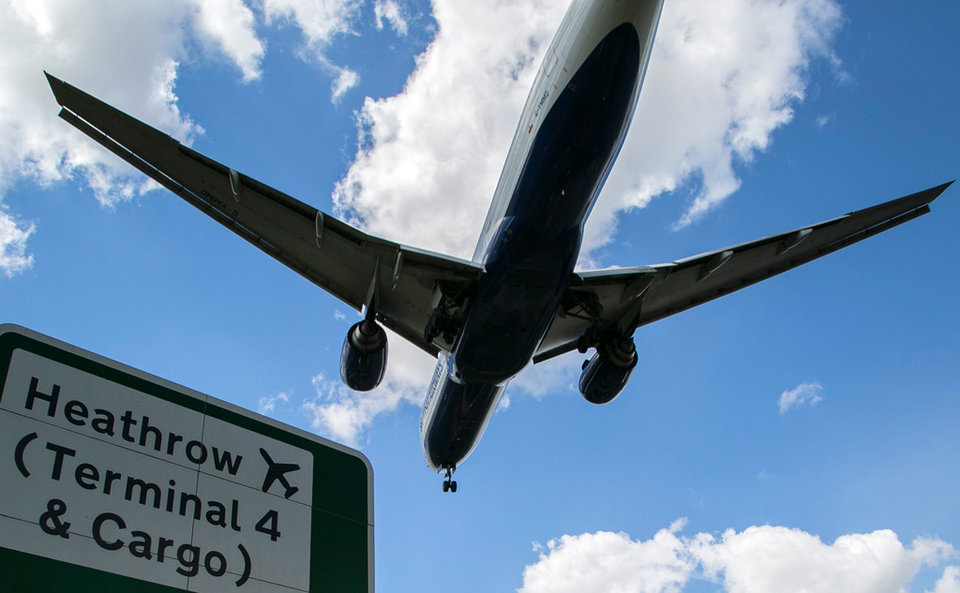ENVIRONMENT
Volume control:
is the UK doing enough to mitigate aviation noise?
The UK’s Independent Commission on Civil Aviation Noise (ICCAN) recently published a report urging airports to clarify how they monitor, collate and distribute noise data, and to better engage with those communities most affected by it. Julian Turner talks to ICCAN head commissioner Rob Light.
Noise impacts the lives of thousands of people living near airports or under flight paths across the UK every day, but how those effects are assessed, managed and mitigated is, at best, inconsistent, and at times non-existent. That’s the conclusion of a report on aviation noise metrics and measurement published in July by advisory body the Independent Commission on Civil Aviation Noise (ICCAN).
Multiple metrics are employed to describe noise exposure from aircraft, but the technical nature of the language often renders the methodology and resulting data opaque to those most affected by it.
ICCAN argues that the first step towards better aviation noise management in the UK must therefore be to improve how levels are measured and how the information is shared with the general public.
“The biggest issue is a lack of trust between communities, airports and regulators, and that is down to the inconsistency of how aviation noise is managed,” states ICCAN head commissioner Rob Light.

ICCAN head commissioner Rob Light.
“Sometimes it seems as if experts have made the language of noise monitoring and measurement so complex that it is only understandable to them, and so clarity of comparable information between UK airports is really important. ICCAN talked to many different stakeholders and it was very clear that no one understands the whole picture of how noise is measured – we need to demystify that.
“We were also conscious that noise pollution is a very personal experience. You can have two people in adjoining properties; one person may not be bothered by it, while the other may be extremely annoyed. Airlines and airports must build that personal experience into their thinking and planning.”
Image:
Standard procedures: regulatory and measurement issues
ICCAN’s recommendations for UK airports include publishing more noise data online, improving the presentation and explanation around it, and making more temporary noise monitoring available to local communities so they can see the noise levels in their local area and understand the impacts.
These laudable goals are complicated by the fact that UK airports are regulated by several different authorities. Heathrow, Gatwick and Stanstead are obliged to report noise data to the Civil Aviation Authority, whereas many other airports are self-regulated or overseen by local councils.
“Effectively, that means a number of different planning authorities, from big metropolitan councils to small district bodies, regulate how airports operate,” explains Light. “These extremes inevitably lead to inconsistency and non-comparable standards around recording noise and reporting the data.
“Our approach has to be proportionate, of course. We are not expecting Heathrow to do the same as a regional airport like Bristol, for instance, and that will be built into ICCAN’s recommendations.”
At present, the recognised norm for measuring aviation noise is the Equivalent Continuous Sound Pressure Level (LAeq) based system, which calculates average noise levels over a 16-hour period.
ICCAN supports the system, but recommends that airports should routinely publish supplementary metrics – notably the frequency and total number of flights, and extremes of noise from different airports – to better reflect how noise is experienced by communities on the ground.

Heathrow is responsible for more noise than most of Europe’s other major airports put together. Image: Panhard
“Depending on the airport and airlines’ operating models, flights may start at 6am-7am, and the rush to get transatlantic flights out on time means noise levels can be high early in the day,” explains Light.
“This is followed by a period of relative calm, then more noise at lunchtime when the low-cost flights tend to return. What the LAeq method does is measure the average noise level over that 16-hour period, but what it doesn’t take into account is those extremes of noise early and late in the day.
“When we studied the nature of complaints on airport noise, it is often these extremes – as well as individual aircraft that are noisier, or perceived to be noisier than the norm – that everyone notices.”
It is very clear that no one understands the whole picture of how noise is measured – we need to demystify that
The ATM threshold and global best practice
ICCAN is also advising that the air traffic movement (ATM) threshold of 50,000 movements, which acts as a trigger for the publication of prescribed noise data, should potentially be lowered to enable authorities to monitor, gather and share valuable data on noise at airports with lower flight volumes.
“Many airports haven’t waited until they reached the 50,000 movements a year threshold before publishing a noise action plan – they have done one anyway,” notes Light. “If the industry is doing that proactively, then clearly 50,000 is an arbitrary figure and a more practical approach is required.”

ICCAN’s research involved sharing best practice with European hubs such as Schiphol in the Netherlands. Image: Schiphol
ICCAN’s research involved talking to the top 20 UK airports and the major carriers they serve, as well as significant hubs in Europe such as Schiphol in the Netherlands, Frankfurt in Germany, Sydney Airport in Australia and major hubs in the US, to share best practices on noise mitigation.
“Our ambition is to make the UK the best country in the world when it comes to managing aviation noise,” states Light. “We know that is a bold aim, but at ICCAN we are confident it is achievable.
“Heathrow, for example, is responsible for more noise than most of Europe’s other major airports put together, but it has worked with Vienna airport on community engagement, and has also looked at how it can reduce noise pollution created by the many vehicles used during ground operations.”
Heathrow is responsible for more noise than most of Europe’s other major airports put together
Recovery position: rebuilding better after Covid-19
In addition to developing a more consistent system for recording and publishing aviation noise data across the UK’s airports, ICCAN also plans to publish at the start of 2021 guidelines on how aviation noise is regulated. Light also refers to the role played by new technology in reducing aviation noise.
“Monitoring techniques that accurately measure noise in real time and make the information readily available to the public are evolving all the time,” he says. “We must also work to reduce the time it takes to respond to complaints about noise in order to build trust between airports and [their] surrounding communities. This must be improved if the aviation industry is going to have a sustainable future.”

ICCAN’s recommendations for UK airports include making more temporary noise monitoring available to local communities. Image: Shutterstock/Jed Leicester
That sustainable future hangs in the balance in the wake of the Covid-19 crisis, with the commercial aviation sector in the UK set to lose £20bn in revenues in 2020, according to the UK Parliament.
With this in mind, we conclude by asking Light if noise pollution can realistically be a priority for both airports and airlines as they struggle with both Covid-19 and increasing pressure from environmental groups, some of whom argue that air travel is no longer viable in the face of global climate change.
“There will always be people who say ‘just close all the airports’, but clearly that is not a pragmatic proposition,” he says. “However, it is also really important that we don’t return to where we were pre-Covid-19, but instead choose to rebuild in a better way. It will be folly if we don’t use the opportunity presented by Covid-19 to do things better in terms of noise mitigation in the future.”
It will be folly if we don’t use the opportunity presented by Covid-19 to do things better in the future